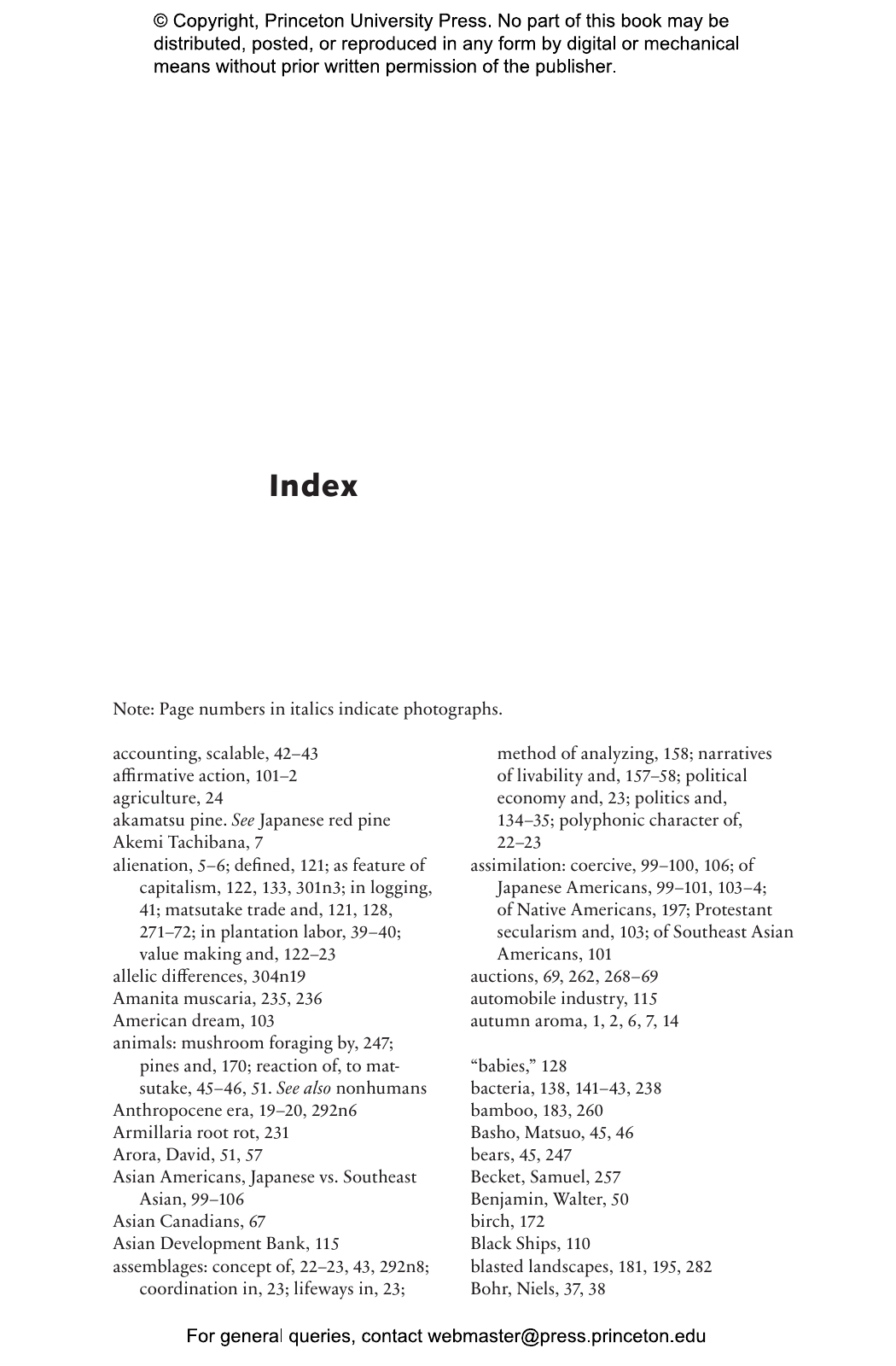

Tsing uses metaphoric language to pick up on the intricate topic of capitalism and its consequences for a global network. The latter was another reason why this book awakened my interest. Growing up with an Indian father, whose spirituality and beliefs were embedded in colourful pictures of gods, goddesses and picturesque tales, most of my childhood I understood and was taught about the world in a very visual way. Furthermore, I was intrigued by the author making use of a mushroom to explore capitalism. My general aversion towards capitalism was what drew my attention to Tsing’s ‘The Mushroom at the End of the World’. It was fascinating to me how Anthropology can be incorporated in the dynamics of global trade and economics, underlining Anthropology’s importance for our modern world.

Before studying Anthropology, my interest and knowledge on global economics and politics were limited. It was because of Tsing’s book I read in my second year of Anthropology that I was drawn into the topic of capitalism. Jana-Sharmila Sen Jana’s bio: I’m a third year Anthropology student from Germany. This week, our featured review of the book is by Jana-Sharmila Sen. These companions also lead us into fungal ecologies and forest histories to better understand the promise of cohabitation in a time of massive human destruction.As part of our first year Introduction to Social & Cultural Anthropology module, students complete a reading seminar where they have to read and review a significant anthropological monograph – Anna Tsing’s “The Mushroom at the End of the World”. Here, we witness the varied and peculiar worlds of matsutake commerce: the worlds of Japanese gourmets, capitalist traders, Hmong jungle fighters, industrial forests, Yi Chinese goat herders, Finnish nature guides, and more.

In all its contradictions, matsutake offers insights into areas far beyond just mushrooms and addresses a crucial question: what manages to live in the ruins we have made?Ī tale of diversity within our damaged landscapes, The Mushroom at the End of the World follows one of the strangest commodity chains of our times to explore the unexpected corners of capitalism.

It is also an edible delicacy in Japan, where it sometimes commands astronomical prices. Through its ability to nurture trees, matsutake helps forests to grow in daunting places. Matsutake is the most valuable mushroom in the world-and a weed that grows in human-disturbed forests across the northern hemisphere.


 0 kommentar(er)
0 kommentar(er)
